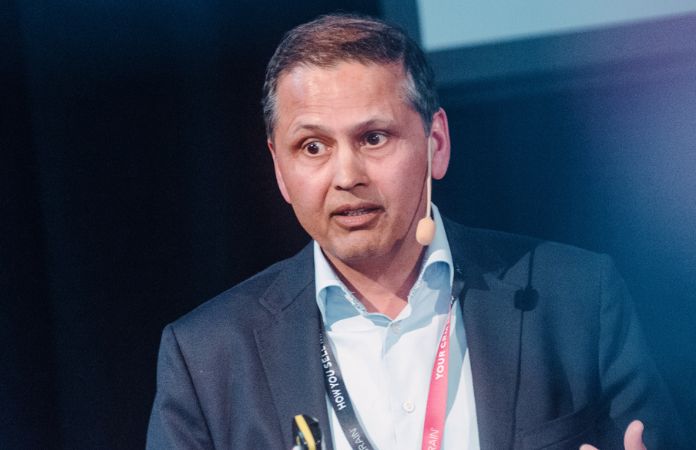As a founder, you make many mistakes, but most of the wrong decisions are fixable through new alterations. Funding mistakes on the other hand are difficult to fix, which is why it’s essential to think long-term when raising capital.
Here, Avtar S. Jasser, CEO & Founder at CatalystOne Solution AS, shares some of his personal insight on the dangers of fundraising too much too early.
The following statements are common in the SaaS community:
- Raise when you can – always be raising
- Raise much more than you think you need
- Double down when you experience success
There are however some problems with these sayings. Most companies indeed need much more capital than they might think, but the question is when to raise it. The common belief – which is true – is to raise capital after a success. However, as founders tend to be very optimistic, it’s hard to define true success. Later on, when the company experiences real success, they might regret the premature capital raise. Always ask yourself: is this success or wishful thinking?
What Happens When You Have Too Much Funding?
It creates the wrong culture
When you have too much funding, there is a risk of a toxic culture taking form. People might start discussing topics like making a quick exit, making a lot of money, and what their options are worth. This culture is dangerous, as the focus is on getting rich instead of creating more value.
It leads to waste
If you have money in the bank, it’s much easier to spend it. Throwing unnecessarily lavish parties shouldn’t be the primary focus of a growing company. Instead, make it a little bit harder for yourself to spend money. This will undoubtedly pay off down the road.
It leads to loss of destiny control
The wrong fundraising decisions, especially when you’re a startup, will make you lose destiny control as someone else will be making the key decisions. If you’re a small shareholder, you usually have very little to say. This is why voting rights are fundamental, and ideally you want to negotiate veto rights for the most critical decisions. Remember, you should always be able to feel that it’s your company.
CatalystOne – A Growth Story to Learn From
CatalystOne is a multinational SaaS company with over 220 employees. The journey started long ago in 1998, during the dot-com bubble. Back then, money was easily available, and many investors were throwing money at anything tech-related. The company had a lacking product-market fit, and eventually the investors pulled out. This forced them to restart with six people in 2004 without money. They started tweaking the product to find product-market fit and ended up with an HR and human capital solution, which they still use today.
Because of the limited money and restart, a better company culture was now being built. The goal was to really help the client, and not just make money for your investors. In 2010, CatalystOne found their first product-market fit, and now when they thought they had success, they started looking for money. Back then, investors weren’t very interested in SaaS companies, which turned out to be great, as they many years later experienced true success. Be patient and think about what the changes to the cap table will have for you.
In 2017, the first external funding was raised after the restart in 2004. Many years of hard work, sweat, and tears, with no expectation of becoming rich had now passed, and since then they have raised €5 million. Now CatalystOne has an ARR of €13 million, with their Core HR customers having a revenue churn of 0.8% per annum, thanks to the culture formed during the bootstrap years.
Key takeaways
- It takes a long time to build a great business
- Finding product-market fit takes time, and funding doesn’t automatically expedite this process
- Too much money incentivizes money wasting
- Too much money can take your eyes off value creation
- Too much money leads to dilution, which gives you less destiny control
- Always think about what voting rights and position on the cap table you will have in the future




